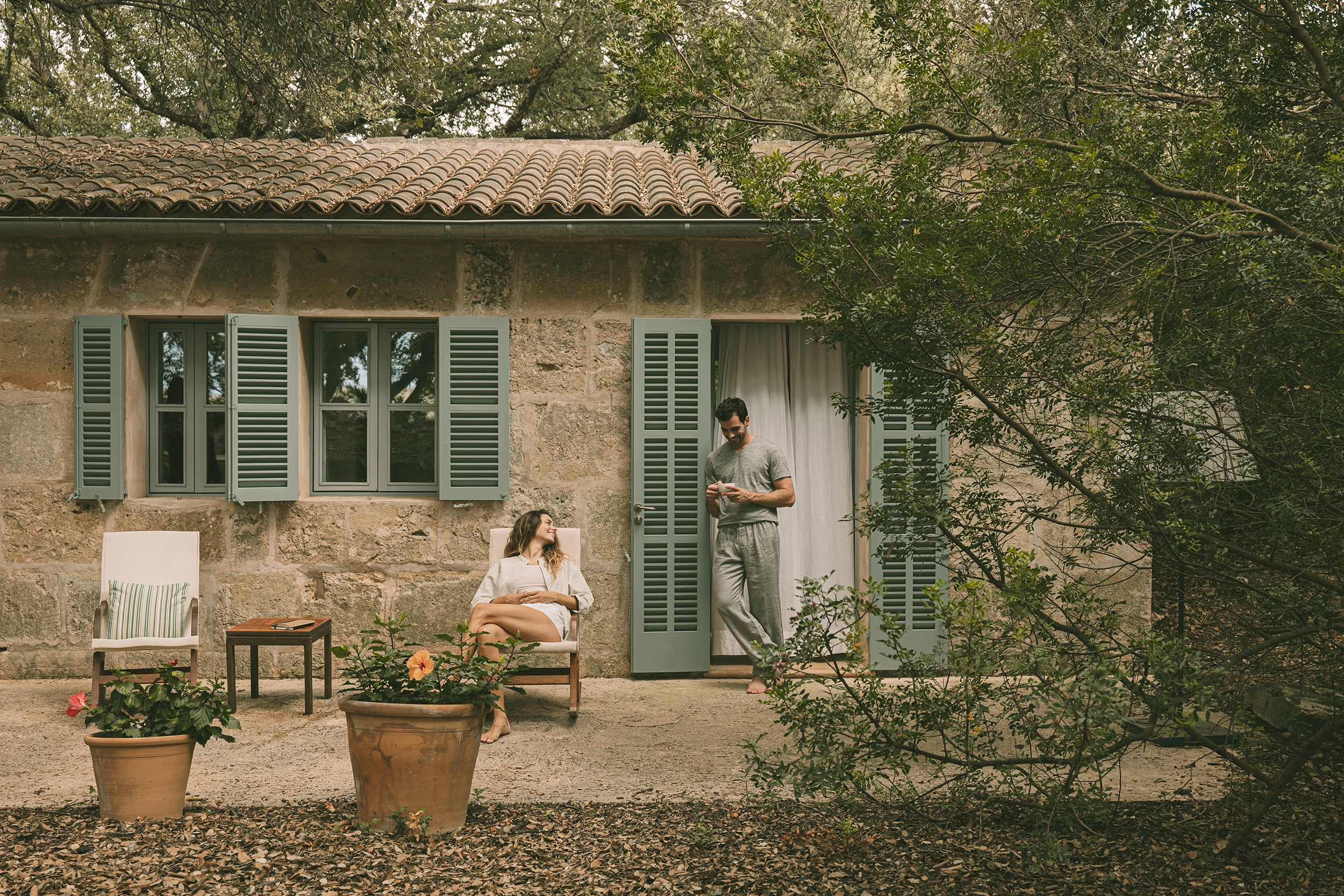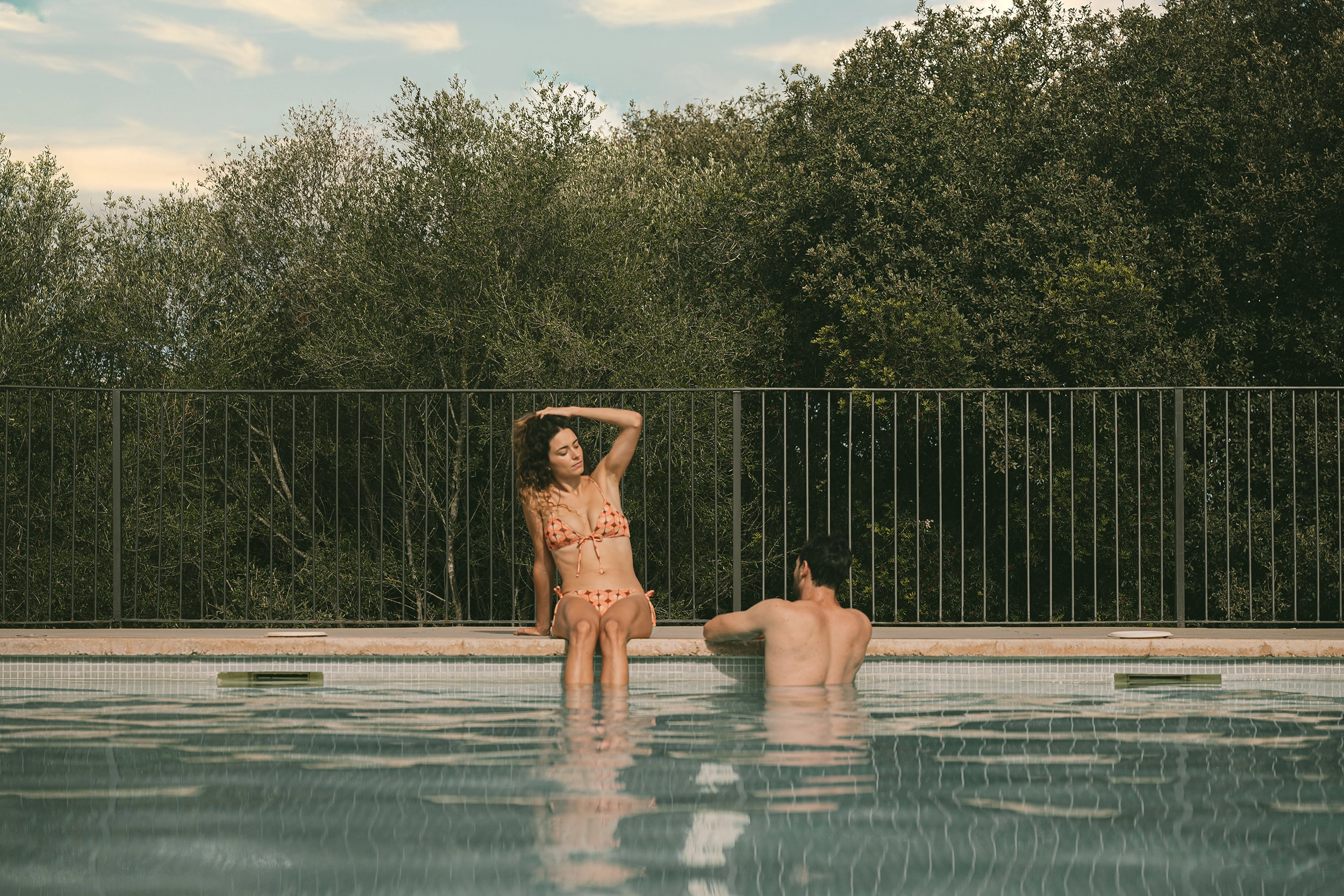4/21/22
Ses Fonts Ufanes: conoce este fenómeno natural único
¿Ha visto alguna vez Ses Fonts Ufanes? Si no lo ha hecho, desde Son Jaumell le contamos qué son y por qué es un fenómeno que no se puede perder.
¿Qué son Ses Fonts Ufanes?
Ses Fonts Ufanes son una fuente natural de agua con afloramientos intermitentes y que brotan de manera difusa, pero de forma repentina y con bastante fuerza. Ses Fonts Ufanes constituyen un fenómeno natural único en Mallorca. El fenómeno hidrológico más singular de la isla, ubicado en la finca de Gabellí Petit, en el municipio de Campanet.
Normalmente, estos brotes se dan por una acumulación de agua, cuando los acuíferos de la zona desbordan su capacidad debido a un periodo de lluvias. En concreto en el macizo del Puig Tomir y sus alrededores. Cuando esto ocurre, el agua busca una salida. Emana, entonces, del suelo e inicia un nuevo recorrido por el torrente de Teló, en el que se unirá a fuentes de otras zonas. Juntas llegarán hasta el torrente de Sant Miquel.
Si se quiere ser testigo de este fenómeno, lo principal es estar atento en los días posteriores a un periodo de fuertes lluvias. Será en esos días cuando brotarán, normalmente, en otoño e invierno.
¿Cómo es el camino hasta la zona?
El trayecto hasta Ses Fonts Ufanes es de las excursiones con el itinerario más corto de la isla. Tan solo 40 minutos caminando. 20 para la subida y 20 para la bajada, partiendo desde la entrada de la finca Gabellí Petit.
El recorrido es circular (se sube por un lado y se baja por otro), lo que permite explorar y conocer la zona en profundidad. Además, prácticamente todo el camino es transitable, incluso para carritos de bebé, lo que hace de Ses Fonts Ufanes una excursión ideal tanto para adultos como para los pequeños de la casa.
La finca de Gabellí Petit está abierta a visitantes todos los días del año, desde las diez de la mañana hasta las cinco de la tarde. Eso sí, encontrar aparcamiento puede llegar a ser toda una odisea. Las mejores opciones son: llegar en las primeras horas de la mañana, antes de las diez; o aparcar en el parking de Las Cuevas de Campanet, ubicado a tan solo 10 minutos de la entrada de la Finca.
Qué se puede y qué no se puede hacer
Es importante, antes de ir a Ses Fonts Ufanes, saber qué es lo que está permitido, o si existe alguna prohibición.
El desplazamiento hasta la zona, por ejemplo, no necesita de ningún permiso. También se permiten las actividades de mantenimiento o conservación del paisaje de la zona, pero sin mover las piedras o la tierra.
En caso de que se quiera poner en marcha algún proyecto de investigación en el que sean necesarios trabajos de campo, recolección de muestras o la captación de los recursos subterráneos de la unidad hidrogeológica, se necesitará una autorización escrita.
Y lo que, bajo ningún concepto, se puede hacer es colocar señales o cambiar la clasificación del suelo. Y para aquellos que tengan pensado acampar en la zona para presenciar este fenómeno, acampar tampoco está permitido.












